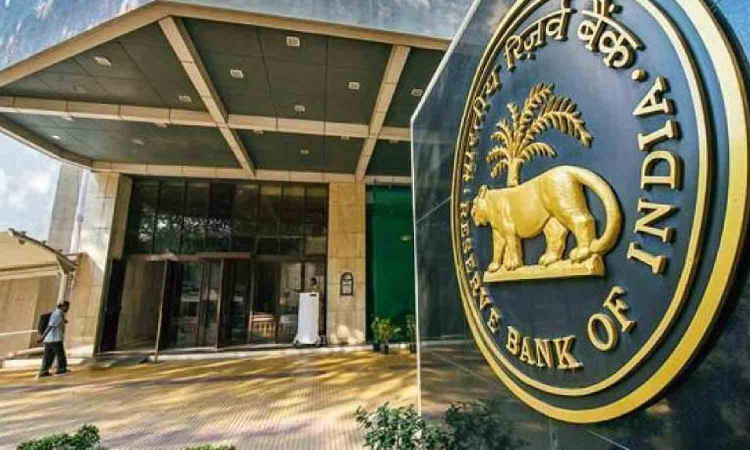Editorial: Big banks, bigger questions
The NDA government claims to have implemented 86 major reforms in the banking sector and formulated a 4R policy: Recognize, Recover, Recapitalize, and Reform.

Reserve Bank of India (PTI)
The government has initiated discussions with the Reserve Bank of India (RBI) and commercial banks on creating “big and world-class” banking institutions. The market has been abuzz with speculation about possible bank consolidation, as most public sector banks (PSBs) are listed on the stock market and attract considerable investor interest. Finance Minister Nirmala Sitharaman has argued that consolidation is essential to meet the country’s growing appetite for capital, given the economy’s rapid pace of expansion. Two of the areas that particularly require larger institutions are infrastructure financing and the rising demand for credit. The government has two options — merge existing banks or create new ones — but speculation suggests that mergers will be preferred as the “low-hanging fruit.”
It may be recalled that the government has undertaken similar consolidation drives twice before — first in 2017 and again in 2019 — bringing down the total number of banks by half. The exercise offered advantages such as economies of scale, greater synergy, and enhanced financial strength and stability. The NDA government claims to have implemented 86 major reforms in the banking sector and formulated a 4R policy: Recognize, Recover, Recapitalize, and Reform. On top of it, under a comprehensive seven-pronged strategy, the government infused over Rs 3 lakh crore into PSBs. Yet, challenges relating to governance, autonomy, and transparency continue to dog the banking sector.
One possible reason for banking consolidation may lie in the BJP’s broader strategy to create “national champions” — large, globally competitive entities aligned with national interests. The government’s logic could be that the inorganic growth of mammoth banks of international stature would spur innovation and drive economic expansion. There is some merit in this argument: such institutions could strengthen the nation’s financial muscle. However, they may also become more vulnerable to global headwinds in a volatile world. Critics remain skeptical about the government’s real intent. For instance, will larger banks necessarily help reduce non-performing assets (NPAs)?
Political interference often contributes to bad loans, and some argue that consolidation could make such pressures easier to exert, particularly in big-ticket lending. While larger banks can single-handedly fund mega projects, the consortium model offers its own benefits — spreading risk and pooling expertise across lenders. Both approaches may need to coexist.
Another major concern is the lack of professionalisation in public sector banks, which is believed to be systemic and structural, and it can be argued that without addressing it, mere consolidation of banks would be a futile exercise. Also, governments often cite it as a reason and justification for privatisation. In a country like India, retail account holders need security for their hard-earned savings, which are parked in banks. Only public sector banks, which are accountable to Parliament and CAG besides the apex bank, can give a sense of security to poor and middle-class people. Equally true that customers are shifting to reputed
private banks.
Finally, the recent controversy surrounding the Life Insurance Corporation (LIC) of India’s investments in a conglomerate perceived to be close to the government does not inspire confidence, as suspicion lurks despite all the well-intentioned averments relating to reforms.



